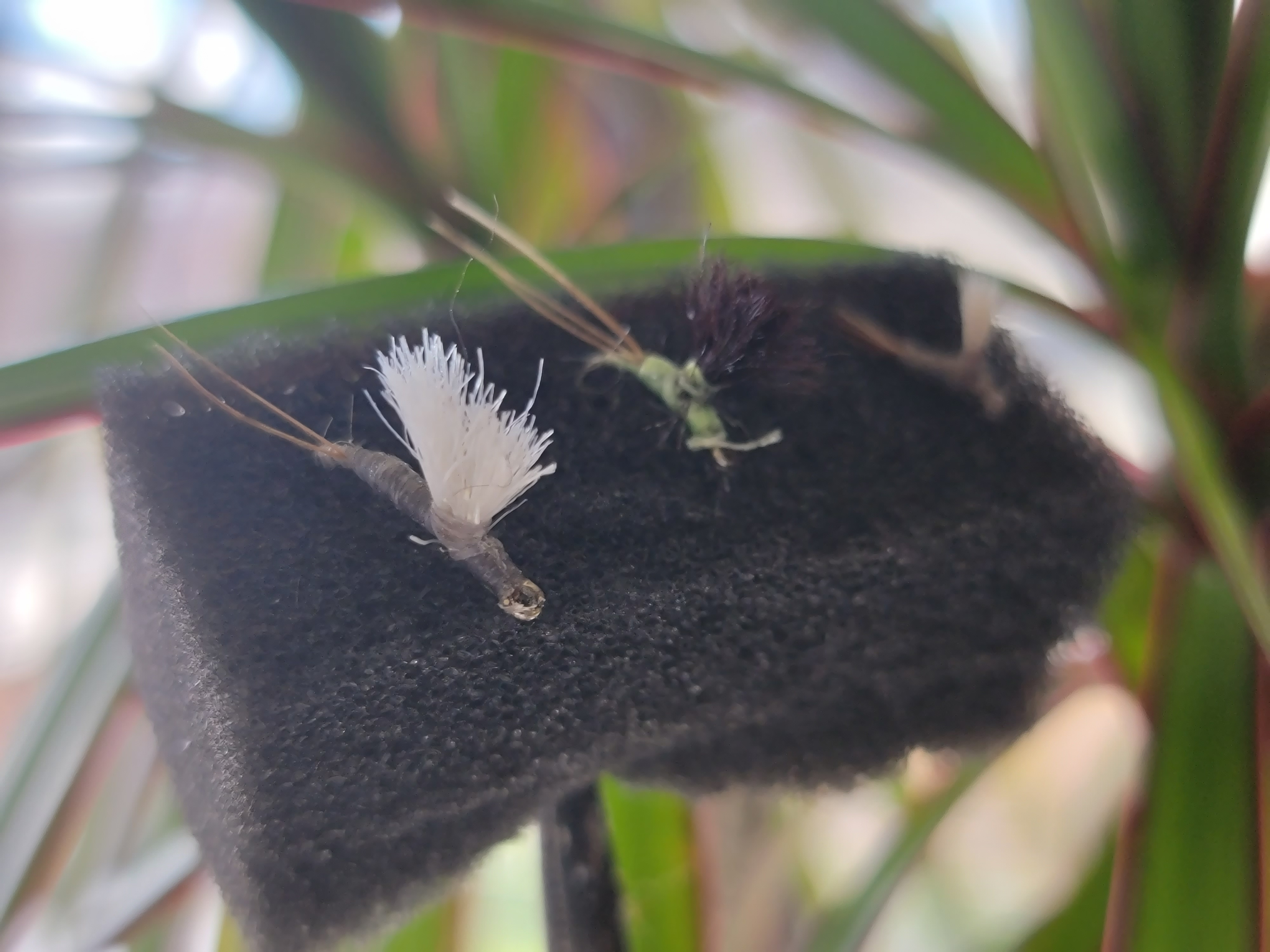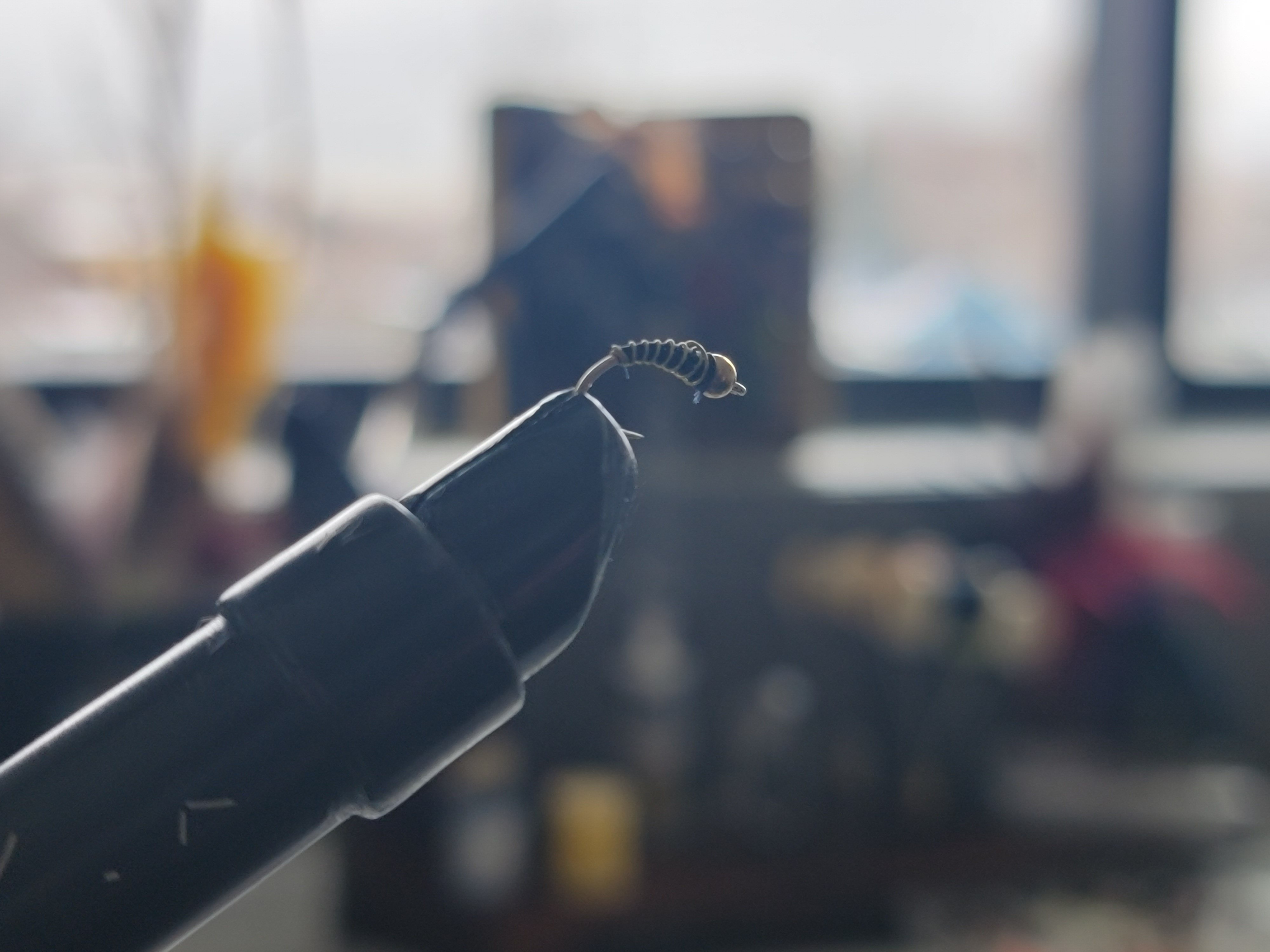.png?width=1920&height=1080&name=Untitled%20design%20(12).png)
Welcome, aspiring fly anglers! Whether you're casting in a serene mountain stream or a bustling river, mastering the basics of fly casting is essential. Let's break down the fundamental techniques to get you started on your fly fishing journey. Think of each step as a dance with nature, where rhythm and grace will guide your line to its target.
1. The Grip
.png?width=500&height=281&name=Untitled%20design%20(13).png)
The first step to a good cast is the grip. Hold the fly rod with your thumb on top and your fingers wrapped around the handle. This grip gives you better control and power when casting. Imagine you are gently holding a delicate piece of art, firm enough to control but gentle enough not to crush it.
2. The Stance
.png?width=500&height=281&name=Untitled%20design%20(16).png)
Stand with your feet shoulder-width apart. If you’re right-handed, position your left foot slightly forward. This stance provides balance and allows for a smooth casting motion. Picture yourself as a tree rooted firmly in the earth, swaying gently in the breeze but unyielding in your stance.
3. The Back Cast
.png?width=500&height=281&name=Untitled%20design%20(17).png)
- Start with the Rod Tip Low: Begin with the rod tip low, near the water's surface. It’s like the opening move in a symphony, setting the stage for a beautiful performance.
- Lift Smoothly: Raise the rod tip smoothly to an 11 o'clock position. Visualize painting an arc in the sky with your rod, each motion deliberate and fluid.
- Pause: Allow the line to unfurl behind you, feeling the weight of the line load the rod. This is the breath before the leap, where anticipation builds.
4. The Forward Cast
.png?width=500&height=281&name=Untitled%20design%20(18).png)
- Accelerate Forward: From the 11 o'clock position, accelerate the rod forward to a 1 o'clock. Imagine launching an arrow from a bow, swift and true.
- Stop Abruptly: Stop abruptly, letting the line shoot out over the water. This is the decisive moment, like a conductor halting the orchestra for dramatic effect.
- Lower the Rod Tip: Slowly lower the rod tip to follow the line down to the water. Imagine guiding a soft and controlled feather to the ground.
For more detailed techniques, check out CPW's Learn to Fish page
5. False Casting
.png?width=500&height=281&name=Untitled%20design%20(19).png)
False casting helps adjust your cast's distance and direction without letting the line touch the water.
- Back and Forth Motion: Use the same back and forward casting motions without letting the line hit the water. This graceful dance, a back-and-forth waltz, sets up your final cast.
- Adjust Your Length: This technique helps you gauge the right amount of line to release for your final cast. Think of it as rehearsing your lines before the final performance.
6. Roll Casting
.png?width=500&height=281&name=Untitled%20design%20(20).png)
Perfect for tight spots with limited backcasting space.
- Start with the Rod Tip Low: Like the back cast, begin with the rod tip low. It’s the prelude to an intricate ballet move.
- Lift and Loop: Lift the rod and create a loop in the line. Visualize looping a ribbon through the air, fluid and continuous.
- Snap Forward: Snap the rod forward, rolling the loop out over the water. It’s the flourish at the end of a gymnast’s routine.
Learn more about this technique from U.S. Forest Service Fishing Guidelines.
7. The Presentation
.png?width=500&height=281&name=Untitled%20design%20(21).png)
The goal is to present your fly naturally. Aim for a delicate landing to avoid spooking the fish.
- Smooth Delivery: Ensure your line, leader, and fly land smoothly on the water. Imagine a butterfly alighting on a flower, barely causing a ripple.
- Avoid Slapping the Water: Practice to prevent the fly from slapping the water’s surface, which can scare away fish. Picture dropping a pebble gently into a pond, minimizing the splash.
8. Practice Makes Perfect
.png?width=500&height=281&name=Untitled%20design%20(23).png)
Casting is all about timing and practice. Spend time casting on grass before hitting the water to get a feel for the rod and line. Think of it as a musician practicing scales before a concert.
Final Tips for New Anglers
- Start Small: Practice with shorter casts and gradually increase the distance as you improve. It’s like learning to crawl before you walk.
- Watch Tutorials: Visual learners can benefit from watching casting tutorials. There are plenty of resources available online.
- Join a Class: Consider joining a fly casting class or workshop. Learning from experienced anglers can fast-track your progres
.png?width=300&height=100&name=Copy%20of%20Rise%20Beyond%20Logo%2012.31.24%20(300%20x%20100%20px).png)
.png)


